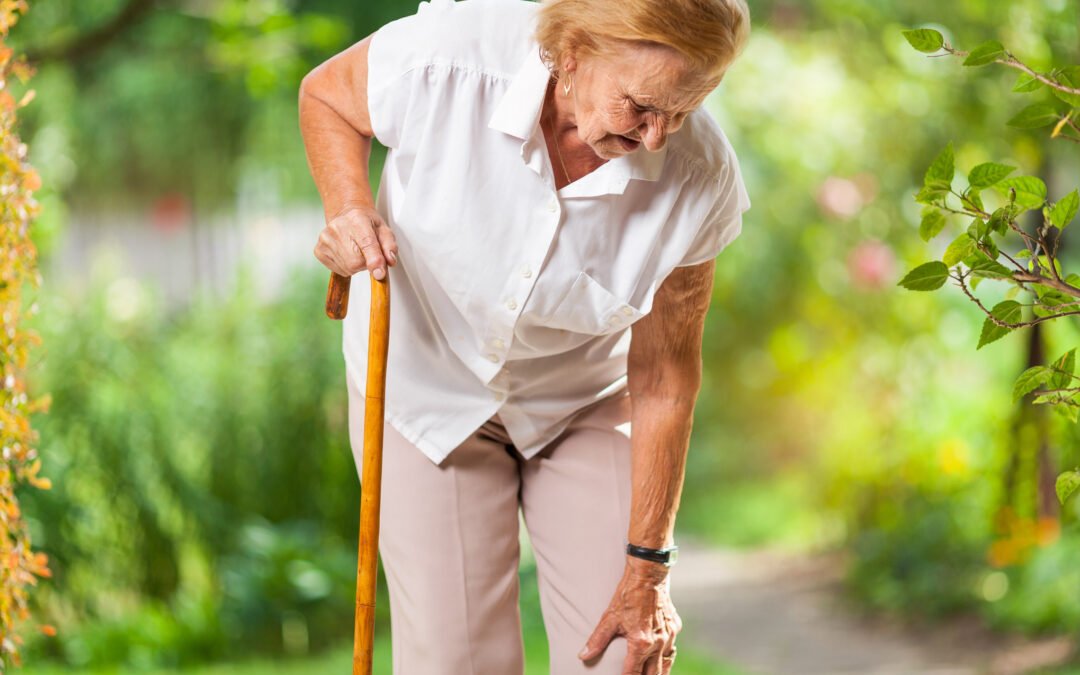As we age, it’s not uncommon to notice changes in our bodies, especially in the form of stiffness and discomfort in joints. A stiff body and joints can be attributed to a variety of factors, including natural wear and tear, reduced synovial fluid production, and changes in bone density. However, there are proactive steps one can take to enhance flexibility, manage discomfort, and promote overall joint health. In this comprehensive guide, we’ll explore strategies to address a stiff body and joints, incorporating a combination of lifestyle changes, exercises, supplements, and other remedies.
Understanding the Causes
Before delving into remedies, it’s crucial to understand the potential causes of a stiff body and joints. Common factors include:
- Arthritis: Osteoarthritis and rheumatoid arthritis are conditions that can cause stiffness, pain, and reduced mobility in the joints.
- Inactivity: A sedentary lifestyle can contribute to stiffness. Regular movement helps lubricate joints and maintain flexibility.
- Poor Posture: Incorrect posture can lead to stiffness, especially in the neck, shoulders, and back.
- Muscle Imbalances: Weak or imbalanced muscles can affect joint stability, leading to stiffness.
- Dehydration: Inadequate hydration can impact the production of synovial fluid, which lubricates joints.
Lifestyle Changes
1. Stay Active:
Regular physical activity is crucial for maintaining joint health and flexibility. Engage in low-impact exercises like walking, swimming, or cycling.
2. Maintain a Healthy Weight:
Excess weight puts added stress on joints, contributing to stiffness. Adopting a balanced diet and staying within a healthy weight range can alleviate joint discomfort.
3. Improve Posture:
Conscious efforts to maintain proper posture while sitting, standing, and walking can significantly reduce stiffness in the neck, shoulders, and spine.
4. Stay Hydrated:
Adequate water intake is essential for joint health. Hydration helps in the production of synovial fluid, which lubricates joints.
5. Warm-Up and Stretch:
Before engaging in physical activity, incorporate a warm-up routine to prepare the muscles and joints. Stretching exercises enhance flexibility and reduce stiffness.
Exercises for Joint Flexibility
1. Range-of-Motion Exercises:
Gentle, controlled movements that take joints through their full range of motion can enhance flexibility. Examples include wrist circles, shoulder rolls, and ankle circles.
2. Yoga:
Yoga promotes flexibility, balance, and joint mobility. Poses like downward dog, child’s pose, and cat-cow can be beneficial for stiff joints.
3. Tai Chi:
This low-impact exercise combines gentle movements with deep breathing. Tai Chi is particularly effective for improving balance and flexibility.
4. Aquatic Exercises:
Water provides resistance without impact, making it an ideal medium for exercises that promote joint flexibility. Water aerobics or swimming can be beneficial.
Supplements for Joint Health
1. Glucosamine:
This compound is a building block for cartilage, the tissue that cushions joints. Glucosamine supplements may help reduce joint stiffness and support overall joint health.
2. Chondroitin:
Often paired with glucosamine, chondroitin also plays a role in supporting joint structure and reducing stiffness.
3. Omega-3 Fatty Acids:
Found in fish oil, flaxseed, and walnuts, omega-3 fatty acids have anti-inflammatory properties that can help manage joint discomfort.
4. Vitamin D:
Essential for bone health, vitamin D supports calcium absorption and may contribute to joint flexibility. Sun exposure and supplements are common sources.
5. Turmeric and Curcumin:
Known for their anti-inflammatory properties, turmeric and its active compound curcumin may help alleviate joint stiffness.
6. Hyaluronic acid:
Naturally occurring substance present in the fluids of the eyes and joints, serving as a cushion and lubricant for these areas. Its various forms find application in cosmetic procedures. Additionally, hyaluronic acid may influence the body’s response to injuries, potentially contributing to reduced swelling.
Other Remedies
1. Hot and Cold Therapy:
Applying heat or cold to stiff joints can provide relief. Warm compresses or heating pads can relax muscles, while cold packs can reduce inflammation.
2. Massage:
Regular massage can help improve circulation, reduce muscle tension, and alleviate joint stiffness.
3. Acupuncture:
Traditional Chinese medicine suggests that acupuncture, involving the insertion of thin needles into specific points on the body, can help manage joint discomfort.
4. Topical Ointments:
Over-the-counter or prescription creams containing ingredients like menthol or capsaicin can provide localized relief for stiff joints.
5. Incorporate Anti-Inflammatory Foods:
A diet rich in fruits, vegetables, whole grains, and fatty fish can contribute to reduced inflammation and improved joint health.
When to Seek Professional Advice
If stiffness and joint discomfort persist or worsen despite lifestyle changes and remedies, it’s essential to consult a healthcare professional. They can perform diagnostic tests, such as imaging or blood tests, to identify underlying conditions and recommend appropriate treatments.
A stiff body and joints do not have to be an inevitable part of aging. With proactive measures, including lifestyle changes, targeted exercises, supplements, and other remedies, individuals can maintain flexibility, manage discomfort, and support overall joint health. It’s essential to personalize approaches based on individual needs and consult healthcare professionals for tailored advice. By incorporating these strategies into daily life, one can unlock greater mobility and continue to enjoy an active and fulfilling lifestyle.
Call Homecare Alternatives for affordable stay-at-home senior caregivers in Gainesville Florida: 352-681-8993


 RSS - Posts
RSS - Posts